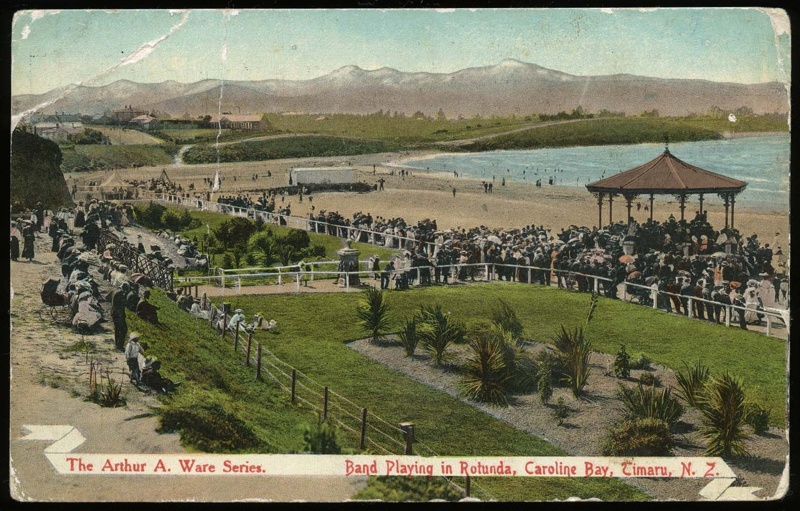
Band Playing in Rotunda, Caroline Bay, Timaru, N.Z. (Arthur A Ware Series), 1908; from NZ Museums, Creative Commons license
The rotunda is a domed open structure for musical performances, most often by bands. You’ll find here stories of objects that give voice to the material and spiritual world we value.
“For Māori, the exploration and the expression of sound were once an integrated part of everyday Māori life. Prior to contact with Europeans every person was a musician. The tones and noises that create our music are representative of the environment, history, and the stories of the people from which it comes from, carrying a narrative that connects generations through past, present and future.”
Isaac te Awa, Curator Mātauranga Māori at Te Papa Tongarewa – Museum of New Zealand
✿
 A day in the life of a drum maker - Matt Stonehouse shares his day as a drum maker in rural Victoria.
A day in the life of a drum maker - Matt Stonehouse shares his day as a drum maker in rural Victoria. Komboloi: A solution at hand for worried times - How Greek worry beads evolved into a secular celebration of freedom.
Komboloi: A solution at hand for worried times - How Greek worry beads evolved into a secular celebration of freedom.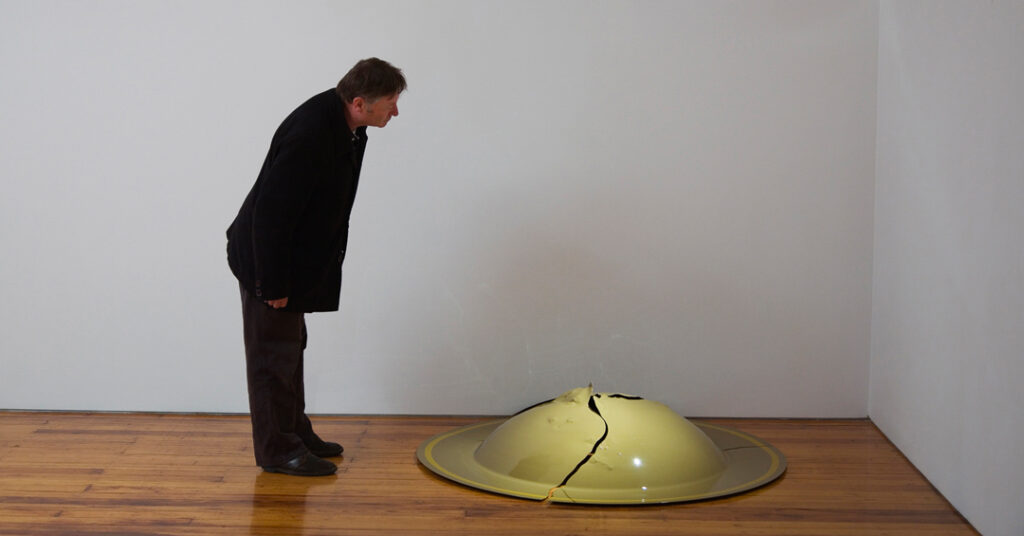 Unruly voices: Sonia Leber and David Chesworth’s Space-Shifter - Sonia Leber writes about an exhibition that allows visitors to experience the uncanniness of the human voice, as in a cave.
Unruly voices: Sonia Leber and David Chesworth’s Space-Shifter - Sonia Leber writes about an exhibition that allows visitors to experience the uncanniness of the human voice, as in a cave.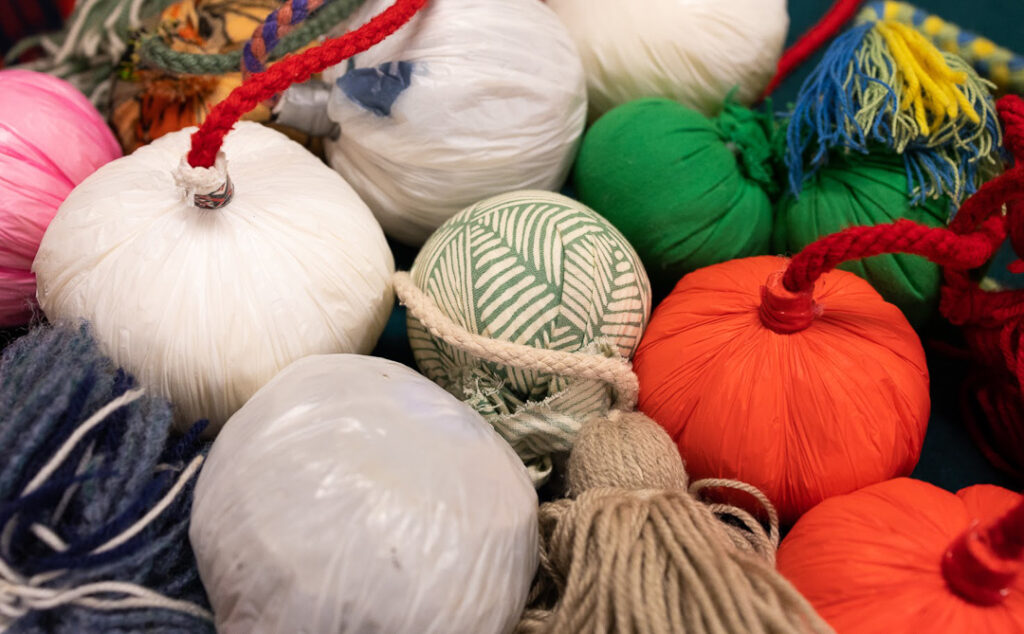 Poi: The mesmerising sound of living taonga - For Isaac Te Awa, poi is not only an accessory for dazzling performances, it is also a traditional Māori instrument used for practical and cultural reasons in itself.
Poi: The mesmerising sound of living taonga - For Isaac Te Awa, poi is not only an accessory for dazzling performances, it is also a traditional Māori instrument used for practical and cultural reasons in itself.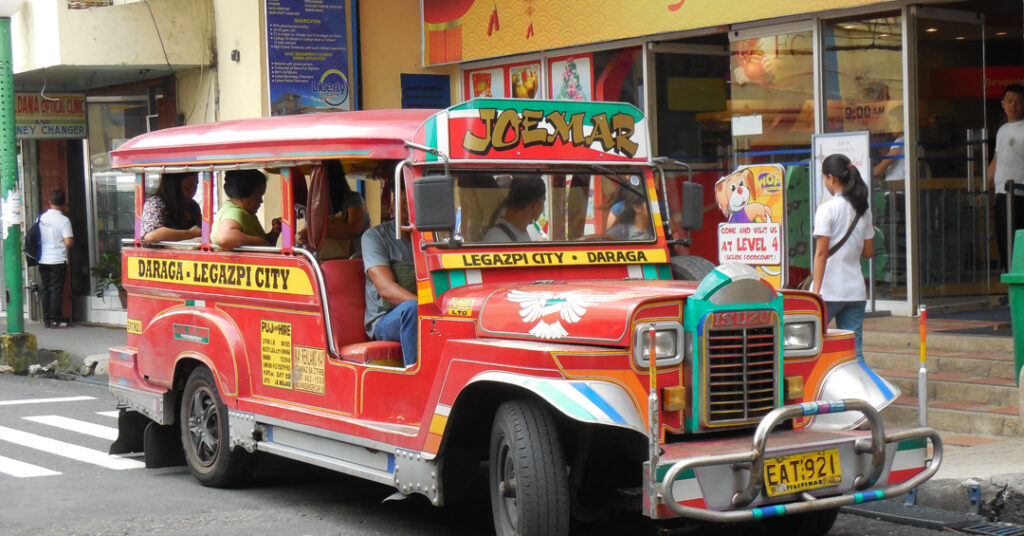 Jeepney through the (y)ears - Dayang Yraola celebrates the soundscape of the jeepney, the Philippines' heritage public vehicle
Jeepney through the (y)ears - Dayang Yraola celebrates the soundscape of the jeepney, the Philippines' heritage public vehicle Weaving to the beat - Sara Lindsay shares her experience of the unique sounds made in the weaving process.
Weaving to the beat - Sara Lindsay shares her experience of the unique sounds made in the weaving process.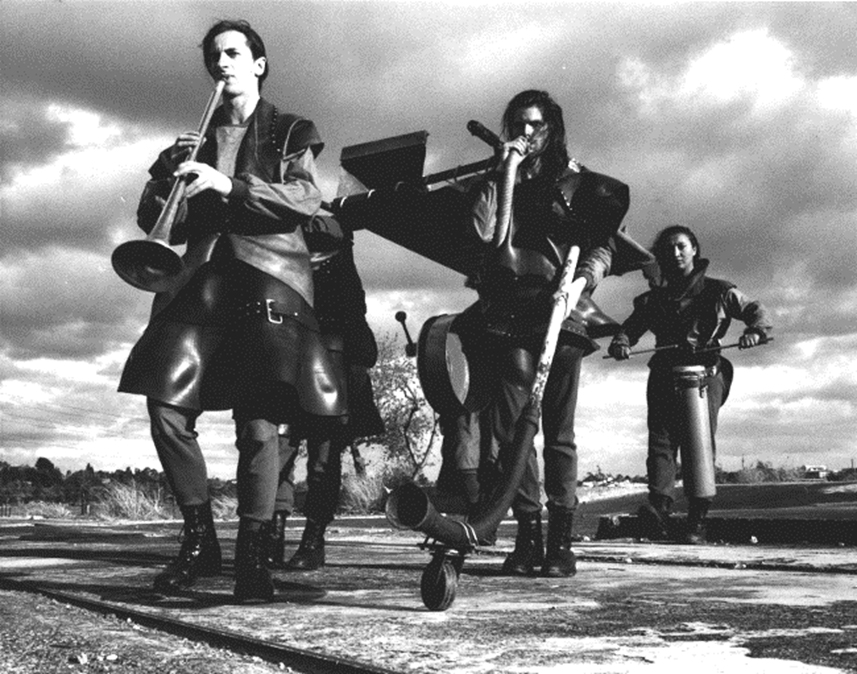 Bringing gamelan to the west - Neil McLachlan recounts the development of a new version of the gamelan instrument adapted to the mobile Western lifestyle while keeping true to the Indonesian musical scale.
Bringing gamelan to the west - Neil McLachlan recounts the development of a new version of the gamelan instrument adapted to the mobile Western lifestyle while keeping true to the Indonesian musical scale. Notes on sound and making: 01 – Listening to making - Gary Warner finds the shakuhachi Japanese flute evocative not only through its music when played, but also through the sounds produced in its making.
Notes on sound and making: 01 – Listening to making - Gary Warner finds the shakuhachi Japanese flute evocative not only through its music when played, but also through the sounds produced in its making.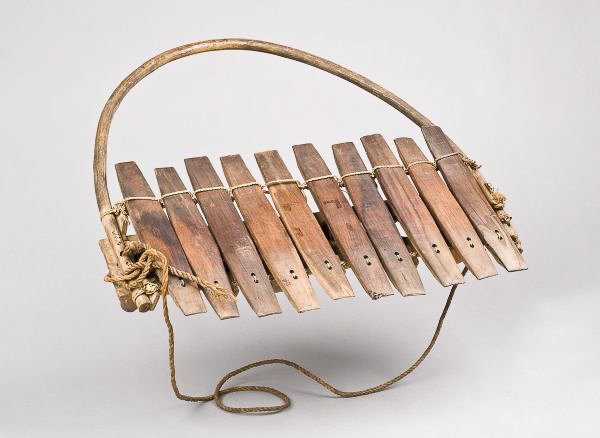 Decolonising the manza xylophones of Azande - Adilia On-ying YIP writes about a Congolese xylophone that became a museum artefact in Belgium. She believes it should be returned and revived as a musical instrument.
Decolonising the manza xylophones of Azande - Adilia On-ying YIP writes about a Congolese xylophone that became a museum artefact in Belgium. She believes it should be returned and revived as a musical instrument.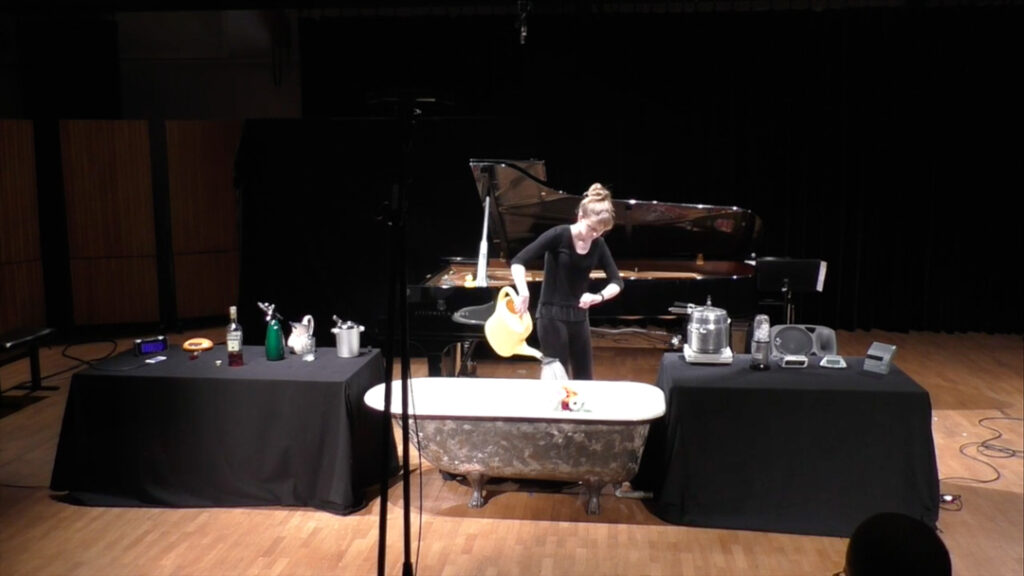 Notes on Sound and Making: 03 On Noise - Gary Warner explains why we should listen more carefully to what we think of as "noise" in order to connect more closely with the world around us.
Notes on Sound and Making: 03 On Noise - Gary Warner explains why we should listen more carefully to what we think of as "noise" in order to connect more closely with the world around us. Rongoāoro: The healing sounds of Taonga Pūoro - Karen Leef explains the profound meaning of the Māori wind instrument she plays, the kōauau.
Rongoāoro: The healing sounds of Taonga Pūoro - Karen Leef explains the profound meaning of the Māori wind instrument she plays, the kōauau.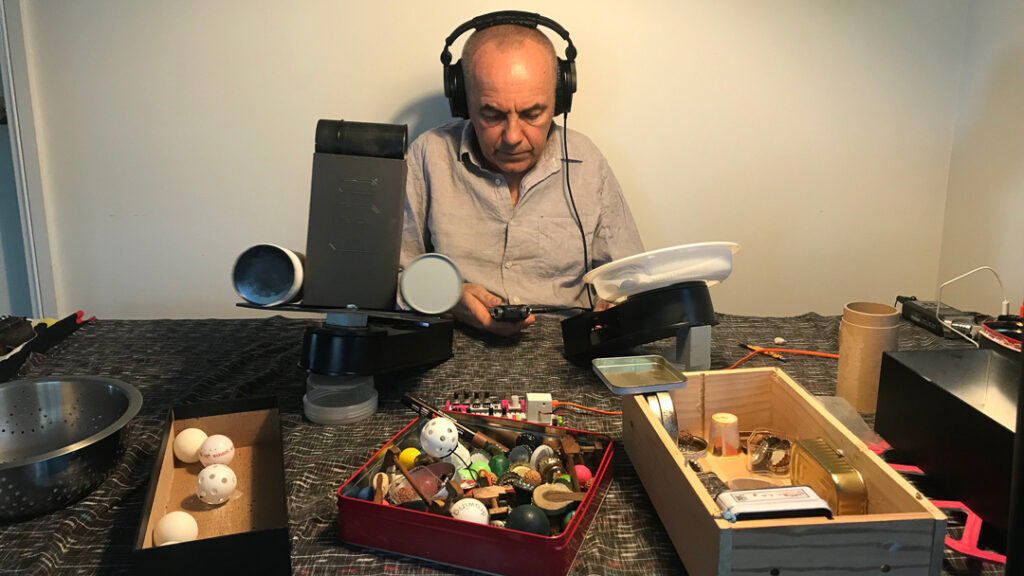 Crafting sonic uncertainty in objects, events and installations - Gary Warner re-traces a life in sound in which he produces experimental works that realise the sonic potential of the world around us.
Crafting sonic uncertainty in objects, events and installations - Gary Warner re-traces a life in sound in which he produces experimental works that realise the sonic potential of the world around us.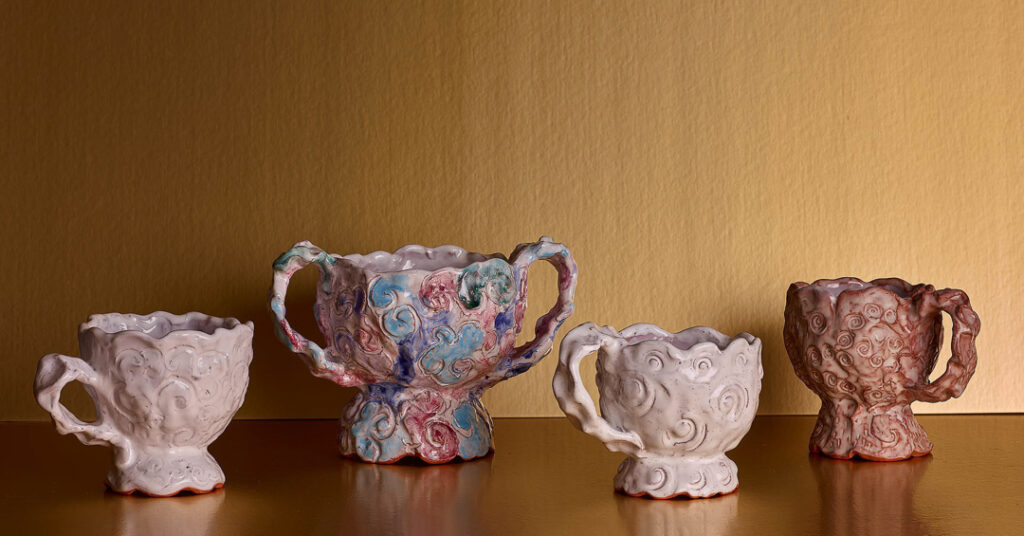 sounds of clay and me, making - Toni Warburton describes the sounds that orchestrate her work in ceramics.
sounds of clay and me, making - Toni Warburton describes the sounds that orchestrate her work in ceramics. 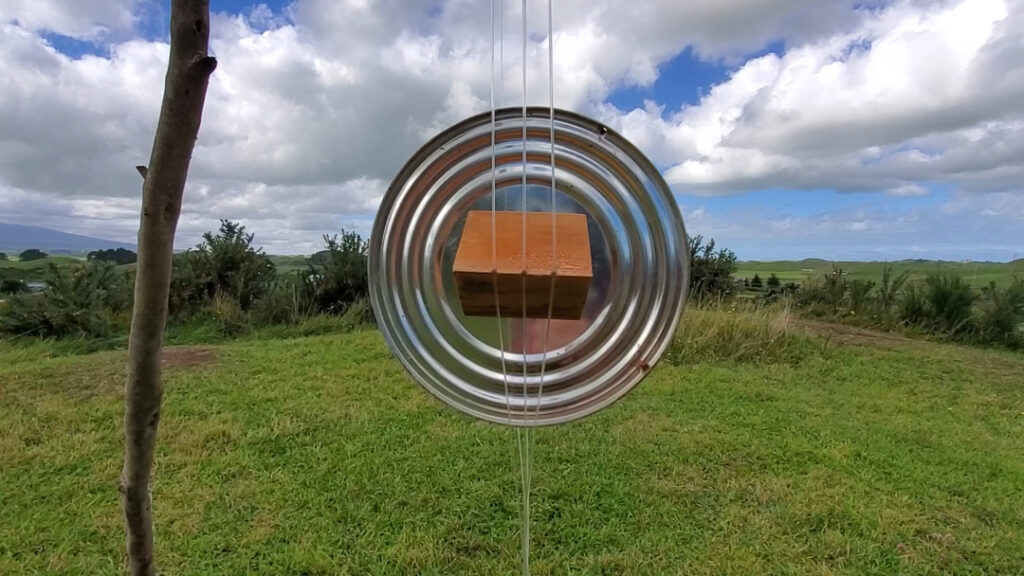 Voicing the winds: Kōea O Tāwhirimātea – Weather Choir - Phil Dadson writes about the method of constructing aeolian harps that he developed for wind recordings across Te Moana Nui a Kiwa as part of the World Weather Network
Voicing the winds: Kōea O Tāwhirimātea – Weather Choir - Phil Dadson writes about the method of constructing aeolian harps that he developed for wind recordings across Te Moana Nui a Kiwa as part of the World Weather Network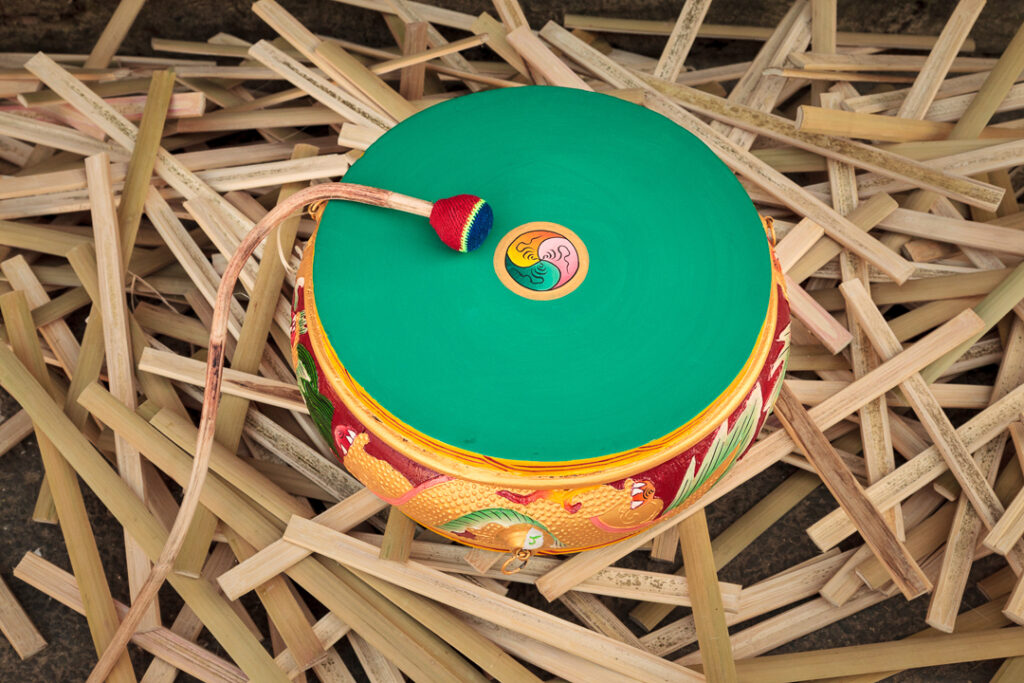 Chod Damaru: Summoning the energy of a Tantric princess - Gary Wornell follows the rhythmic beats to discover a busy workshop making Tibetan drums in downtown Kathmandu.
Chod Damaru: Summoning the energy of a Tantric princess - Gary Wornell follows the rhythmic beats to discover a busy workshop making Tibetan drums in downtown Kathmandu.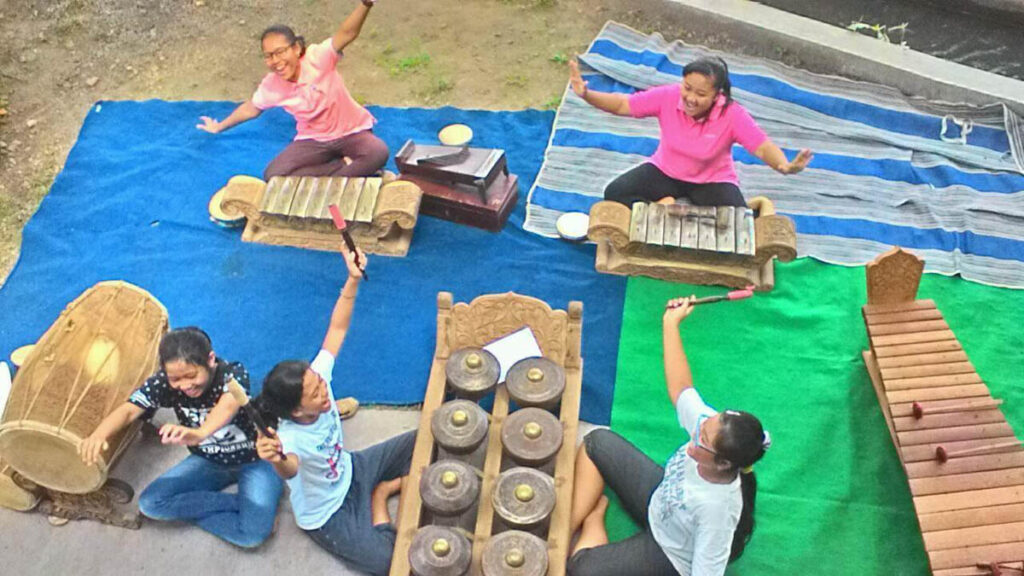 Gamelan is character building - Embie Tan Aren rediscovers Indonesia's communal values in Pardiman Djoyonegoro's gamelan performances.
Gamelan is character building - Embie Tan Aren rediscovers Indonesia's communal values in Pardiman Djoyonegoro's gamelan performances.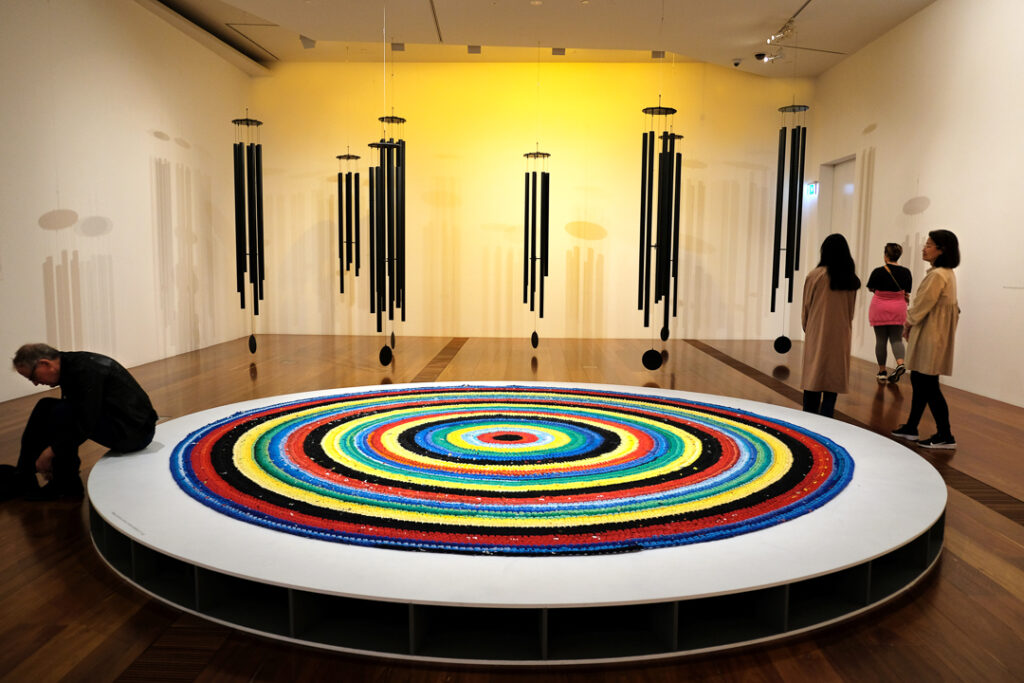 Round and round we go: Echoes of protest in sound and weaving - Jan Nelson speaks about the making of sound and woven works that reflect the fraught history of protest.
Round and round we go: Echoes of protest in sound and weaving - Jan Nelson speaks about the making of sound and woven works that reflect the fraught history of protest. My lockdown Tonbak: A homemade industrial musical heritage - Through re-igniting the spirit of Industrial music alongside the emerging experimental Iranian music, Jahan Rezakhanlou innovated homemade Iranian percussion during the COVID lockdowns.
My lockdown Tonbak: A homemade industrial musical heritage - Through re-igniting the spirit of Industrial music alongside the emerging experimental Iranian music, Jahan Rezakhanlou innovated homemade Iranian percussion during the COVID lockdowns.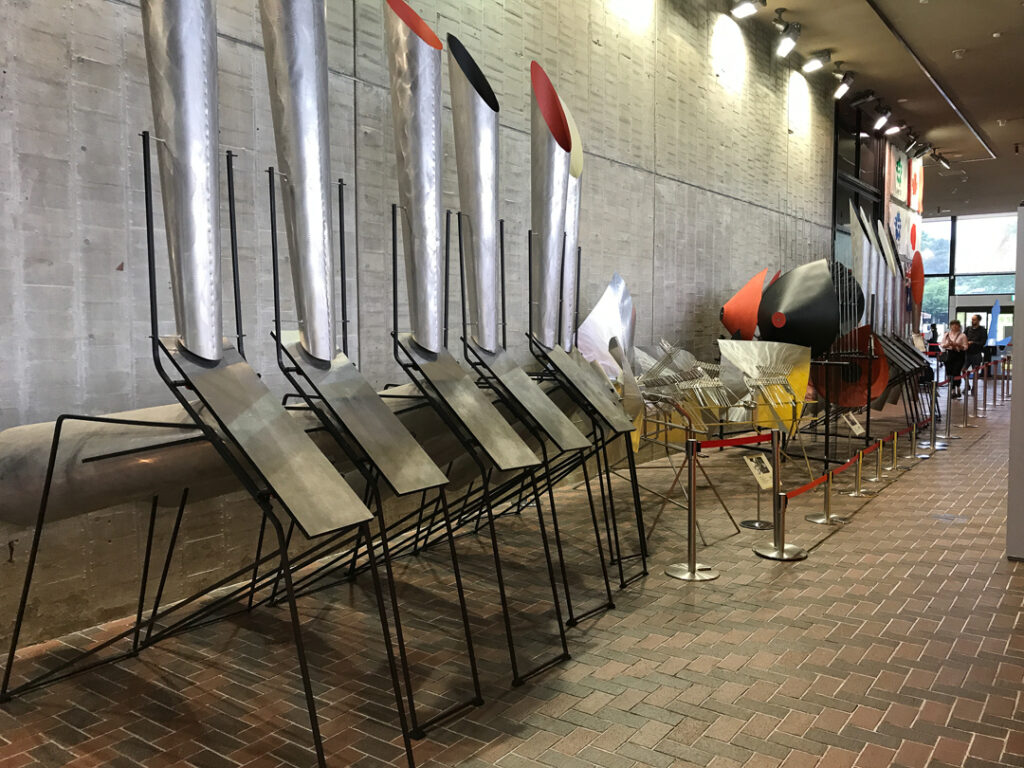 Songs of steel and glass: The Osaka World Expo ’70 Baschet sound sculptures - Gary Warner revisits the "musical playground" created by two French brothers to orchestrate industrial steel for human enjoyment.
Songs of steel and glass: The Osaka World Expo ’70 Baschet sound sculptures - Gary Warner revisits the "musical playground" created by two French brothers to orchestrate industrial steel for human enjoyment.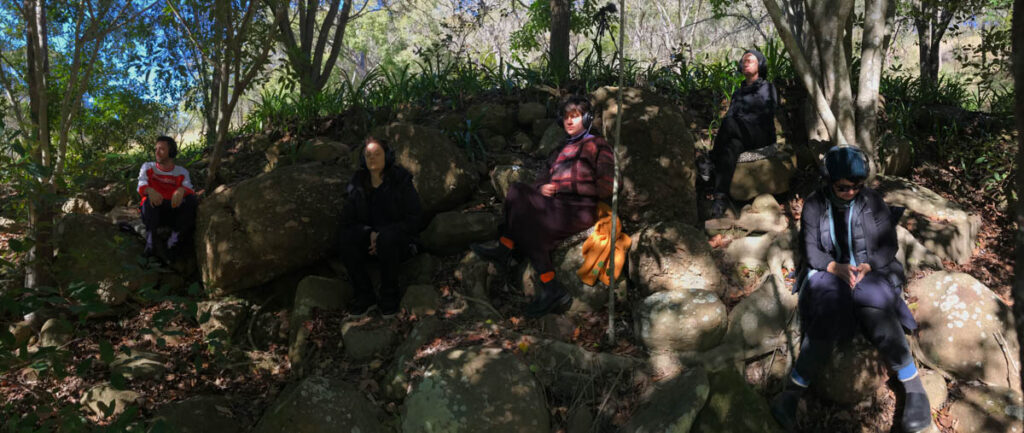 Notes on sound and making: 02 On hearing and listening - Gary Warner writes about ways of achieving quietude such as the Center for Deep Reading.
Notes on sound and making: 02 On hearing and listening - Gary Warner writes about ways of achieving quietude such as the Center for Deep Reading. Toha: A harp to summon the return of the sociable weaver birds - Victor Gama describes the origins, making and performing of a two-person harp.
Toha: A harp to summon the return of the sociable weaver birds - Victor Gama describes the origins, making and performing of a two-person harp.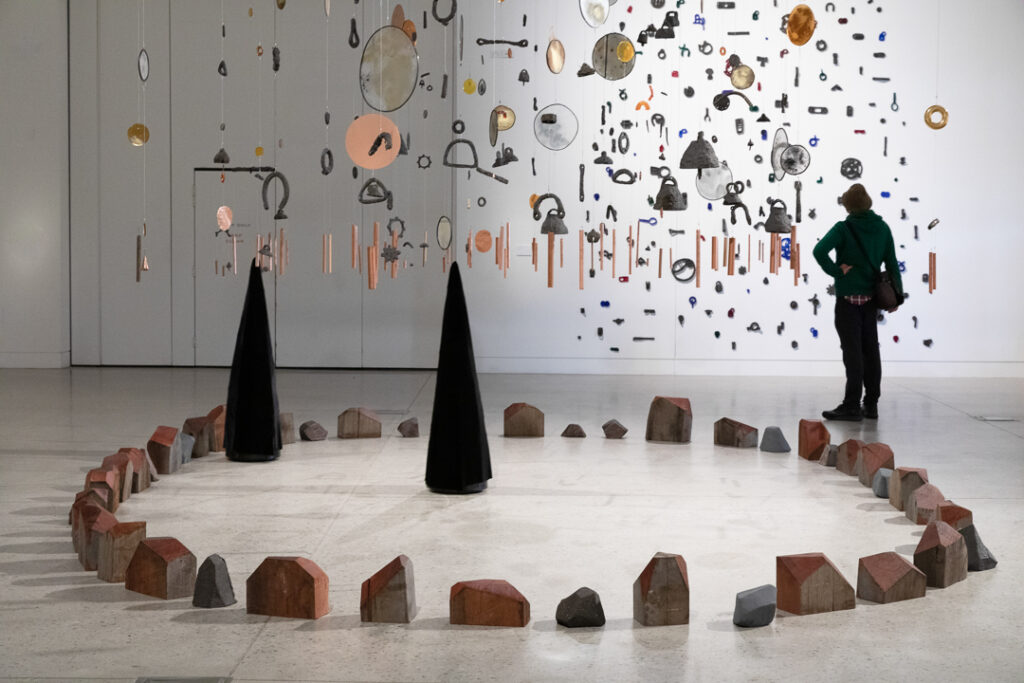 Sound is as much in the dirt as it is in the air - Vicky Browne creates soundful works we can hear with our eyes.
Sound is as much in the dirt as it is in the air - Vicky Browne creates soundful works we can hear with our eyes. Manchay P’uytu del Mapocho: A proposal to decolonise listening - Francisca Gili explores the musical legend of a bone flute played inside a ceramic vessel. How was it made and what did it mean?
Manchay P’uytu del Mapocho: A proposal to decolonise listening - Francisca Gili explores the musical legend of a bone flute played inside a ceramic vessel. How was it made and what did it mean? Weaving song, work and memory in Indian culture - MAP Academy reveals the intimate and authentic relationship between weaving and song in Indian culture.
Weaving song, work and memory in Indian culture - MAP Academy reveals the intimate and authentic relationship between weaving and song in Indian culture. 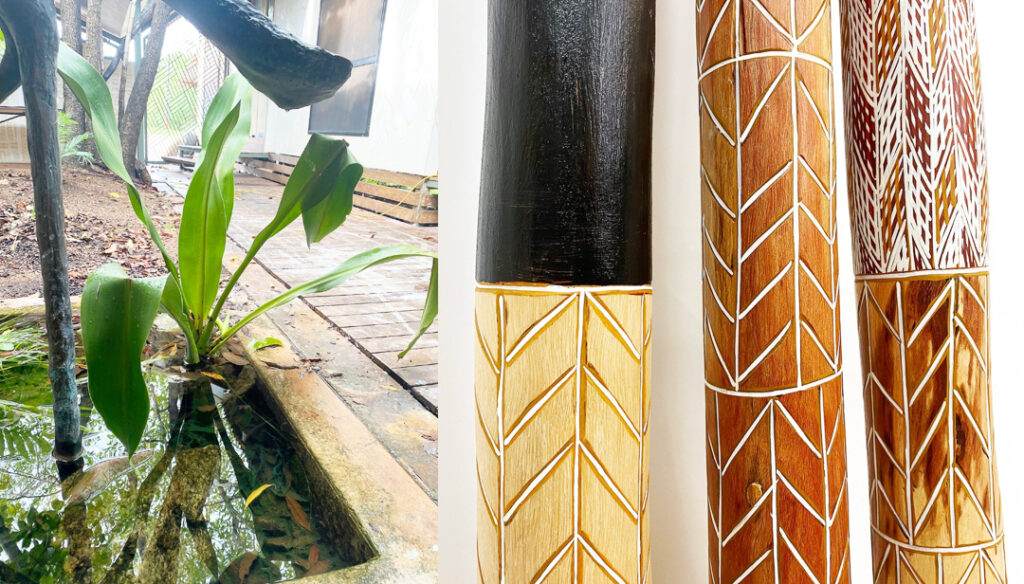 Sensing resonance: Interview with Marikuku Wirrpanda yiḏaki maker - Marikuku Wirrpanda and János Kerekes introduce the yiḏaki (didgeridoo) of Northeast Arnhem Land and give us insight into the skills and knowledge involved in the creation of this important Australian Aboriginal instrument.
Sensing resonance: Interview with Marikuku Wirrpanda yiḏaki maker - Marikuku Wirrpanda and János Kerekes introduce the yiḏaki (didgeridoo) of Northeast Arnhem Land and give us insight into the skills and knowledge involved in the creation of this important Australian Aboriginal instrument.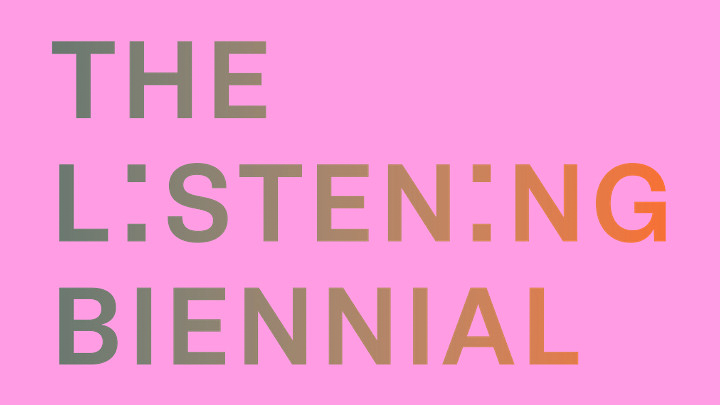 The Listening Biennial Second Edition, inter-Asia plus - Dayang Yraola voices the Listening Biennial as an opportunity for post-COVID camaraderie, in the mode of a southeast Asian barangay.
The Listening Biennial Second Edition, inter-Asia plus - Dayang Yraola voices the Listening Biennial as an opportunity for post-COVID camaraderie, in the mode of a southeast Asian barangay.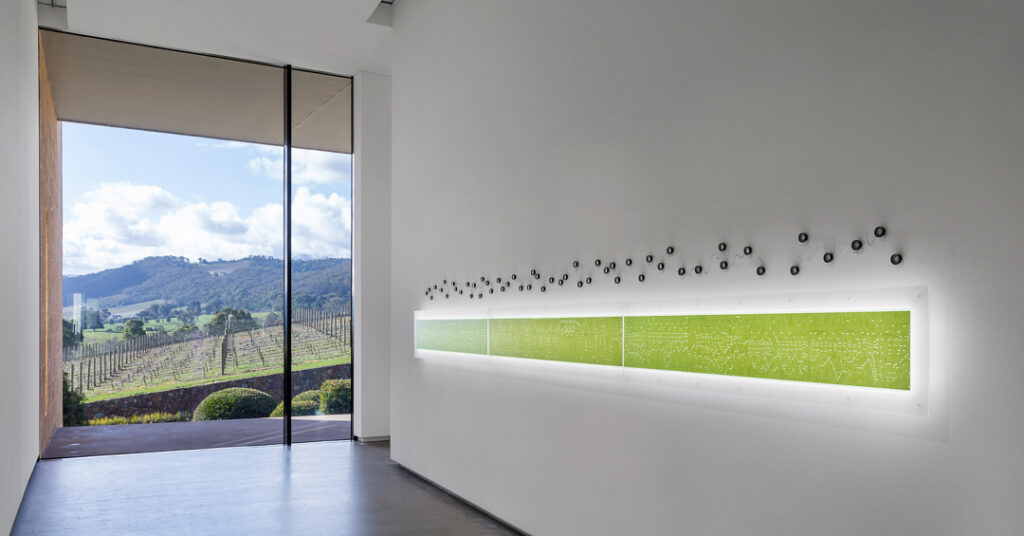 Sound Before Sound I: One and Three Scores - David Chesworth writes about an artwork using piano rolls to reflect on the materialisation of sound in place and time.
Sound Before Sound I: One and Three Scores - David Chesworth writes about an artwork using piano rolls to reflect on the materialisation of sound in place and time.
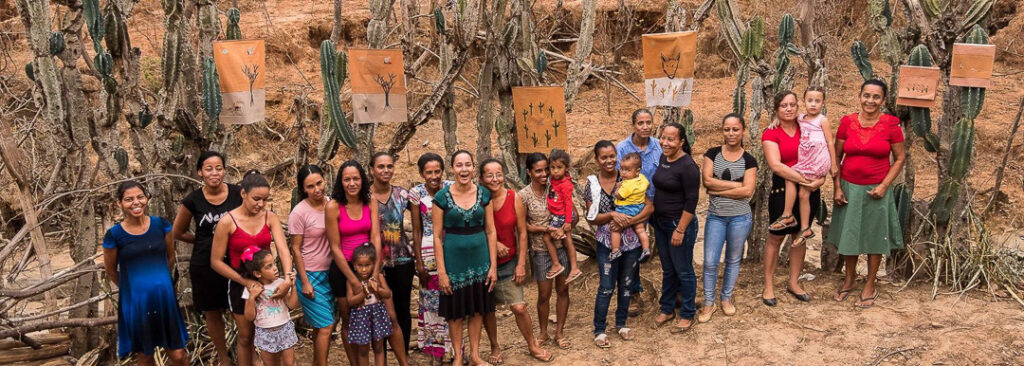 A gift of song from the valley - Maria Fernanda Paes de Barro explains how to "purchase" a song from the women of Jequitinhonha Valley.
A gift of song from the valley - Maria Fernanda Paes de Barro explains how to "purchase" a song from the women of Jequitinhonha Valley.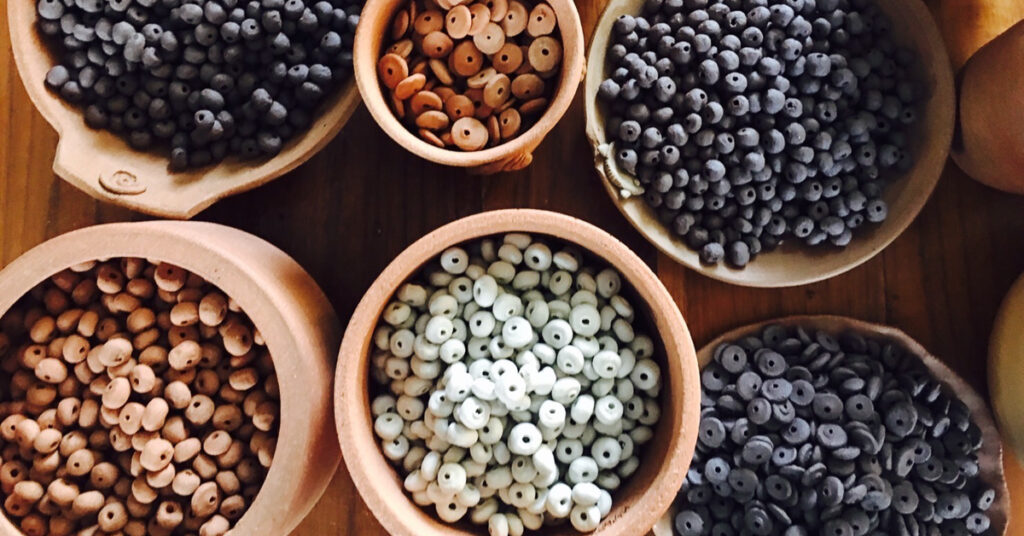 Pui ✿ Sharing happiness with Sukhothai ceramics - Witiya Pittungnapoo admires the unique celadon designs from a Thai maker that reflect the royal Sukhothai culture.
Pui ✿ Sharing happiness with Sukhothai ceramics - Witiya Pittungnapoo admires the unique celadon designs from a Thai maker that reflect the royal Sukhothai culture.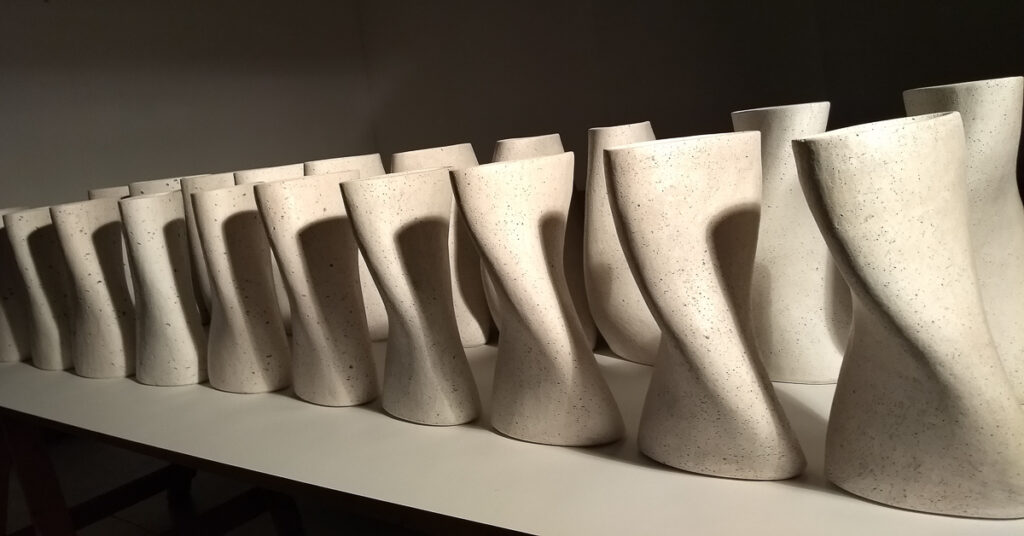 Dancing with stars: From light to dark from dark to light - Sebastian Blackie reflects on the celestial ceramics of Jane Perryman and Tom Hall writes about the accompanying soundtrack by Kevin Flanagan.
Dancing with stars: From light to dark from dark to light - Sebastian Blackie reflects on the celestial ceramics of Jane Perryman and Tom Hall writes about the accompanying soundtrack by Kevin Flanagan.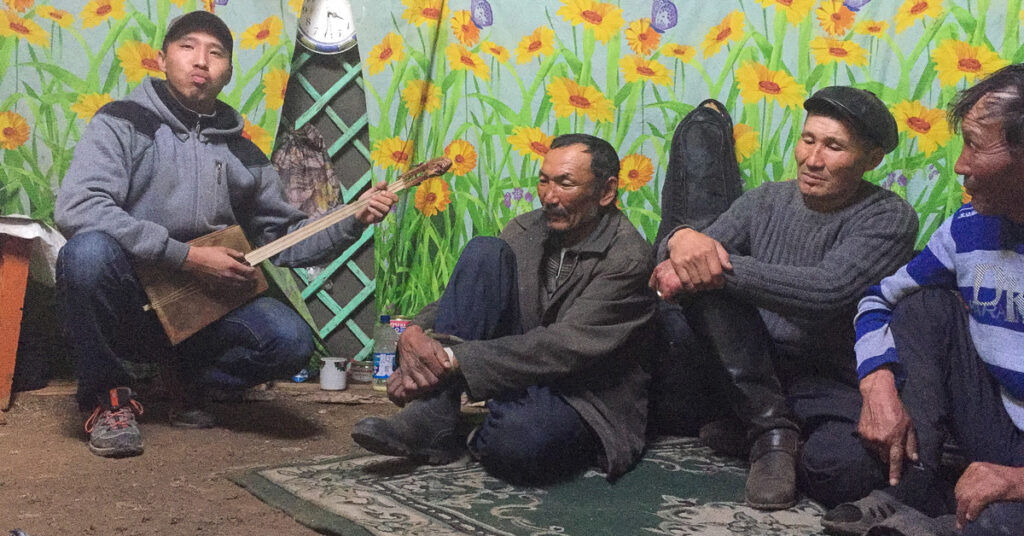 Waking up in Tuva - Michael Cline's quest for Tuvan throat-singing led him to a culture that is finely tuned to its mountain landscape.
Waking up in Tuva - Michael Cline's quest for Tuvan throat-singing led him to a culture that is finely tuned to its mountain landscape.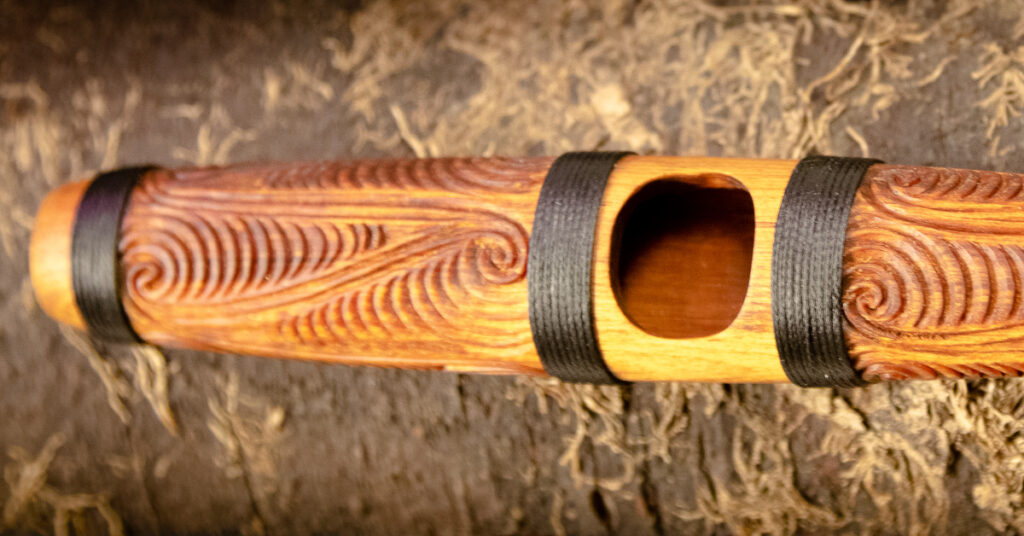 Tamihana Katene ✿ taonga puoro - Keri-Mei Zagrobelna shares several powerful taonga puoro, traditional Māori instruments, made by Tamihana Katene.
Tamihana Katene ✿ taonga puoro - Keri-Mei Zagrobelna shares several powerful taonga puoro, traditional Māori instruments, made by Tamihana Katene.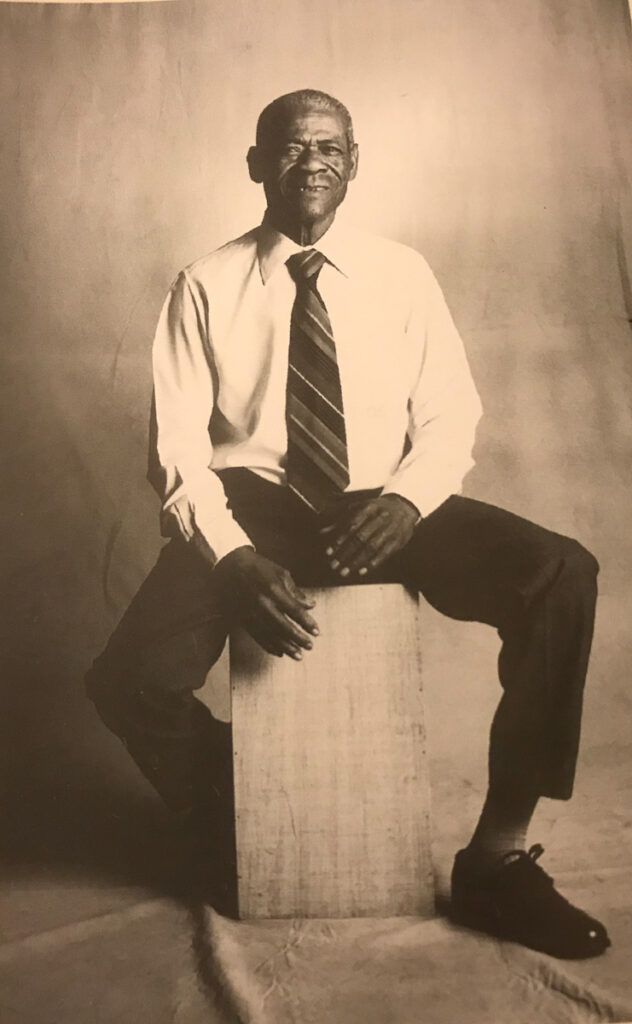 The Afro-Peruvian cajón: Reclaiming a humble percussion crate as one’s own - Aromica Bhattacharya tracks a percussion crate from its invention by African slaves to its eventual acknowledgment as intrinsic to Peruvian cultural heritage.
The Afro-Peruvian cajón: Reclaiming a humble percussion crate as one’s own - Aromica Bhattacharya tracks a percussion crate from its invention by African slaves to its eventual acknowledgment as intrinsic to Peruvian cultural heritage.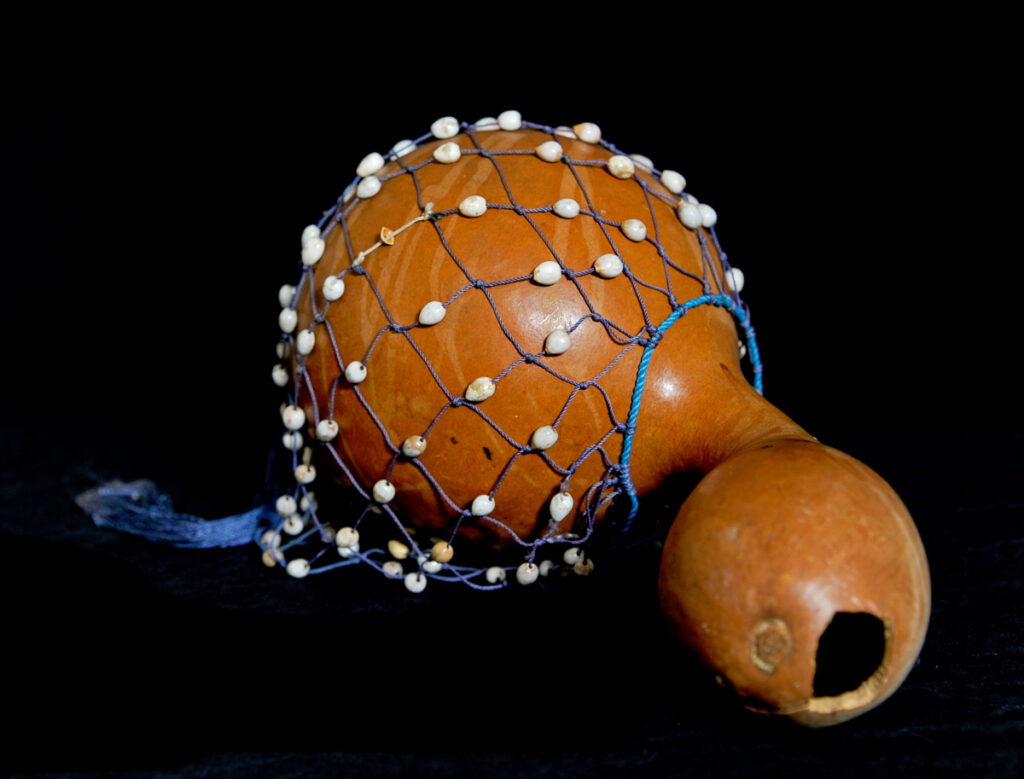 Shake it up! - In the sixth and final instalment of #africamade_n_played, Gary Warner reveals the ubiquitous source of rhythm that animates African music and bodies.
Shake it up! - In the sixth and final instalment of #africamade_n_played, Gary Warner reveals the ubiquitous source of rhythm that animates African music and bodies. Maryann Sebasio ✿ Warup drum from Erub island - Our September laurel goes to Torres Strait islander, Maryann Sabiso, who has produced a handsome warup wooden drum that accompanies ceremony and song in her island of Erub.
Maryann Sebasio ✿ Warup drum from Erub island - Our September laurel goes to Torres Strait islander, Maryann Sabiso, who has produced a handsome warup wooden drum that accompanies ceremony and song in her island of Erub. Gnawa Guembri: Resonance of a lost past - In the fifth instalment of #africamade_n_played, Gary Warner writes how Western ears are deaf to the essence of this West African instrument.
Gnawa Guembri: Resonance of a lost past - In the fifth instalment of #africamade_n_played, Gary Warner writes how Western ears are deaf to the essence of this West African instrument.  Balafon: wood-tongue-talk - In the fourth instalment of #africamade_n_played, Gary Warner writes about an enchanting West African instrument that gives voice to trees.
Balafon: wood-tongue-talk - In the fourth instalment of #africamade_n_played, Gary Warner writes about an enchanting West African instrument that gives voice to trees.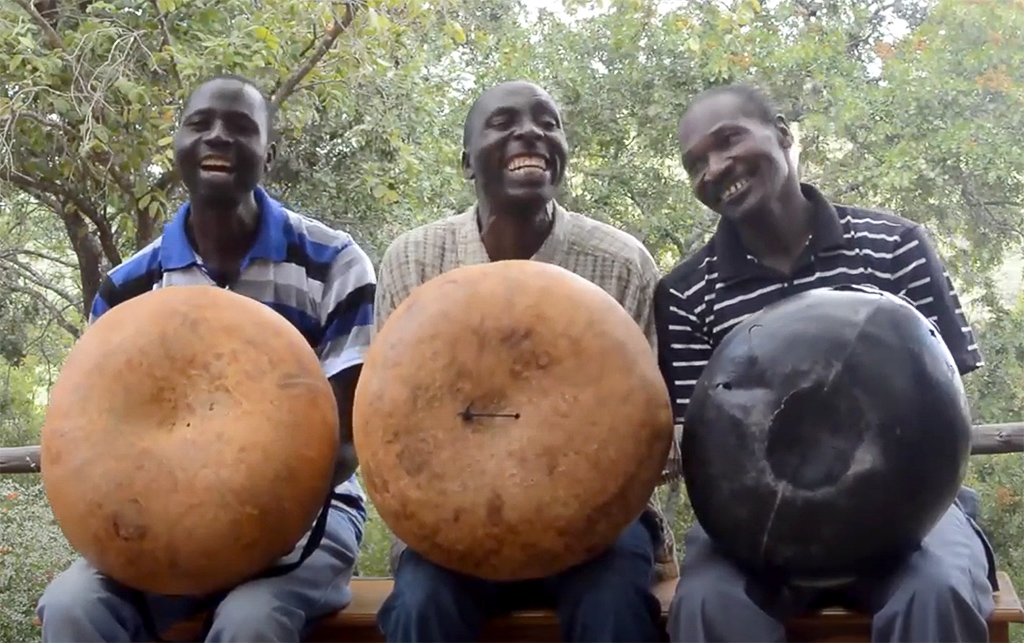 Mbira and kalimba ✿ Anatomy of the “thumb piano” - In the third instalment of #africamade_n_played, Gary Warner reveals the inner life of this captivating instrument from southern Africa.
Mbira and kalimba ✿ Anatomy of the “thumb piano” - In the third instalment of #africamade_n_played, Gary Warner reveals the inner life of this captivating instrument from southern Africa. Ogene & Oja ✿ Talking instruments of a playful Igbo crew - For the second instalment in #africamade_n_played, Gary Warner is inspired by the flirtatious whistling and clanging of the Igbo crew, Ejyk Nwamba.
Ogene & Oja ✿ Talking instruments of a playful Igbo crew - For the second instalment in #africamade_n_played, Gary Warner is inspired by the flirtatious whistling and clanging of the Igbo crew, Ejyk Nwamba. uhadi & umruhbe ✿ a resonant Xhosa tradition - Gary Warner begins a series #africamade_n_played with a Xhosa stringed instrument that resonates through the body and is played today by a new generation of performers.
uhadi & umruhbe ✿ a resonant Xhosa tradition - Gary Warner begins a series #africamade_n_played with a Xhosa stringed instrument that resonates through the body and is played today by a new generation of performers.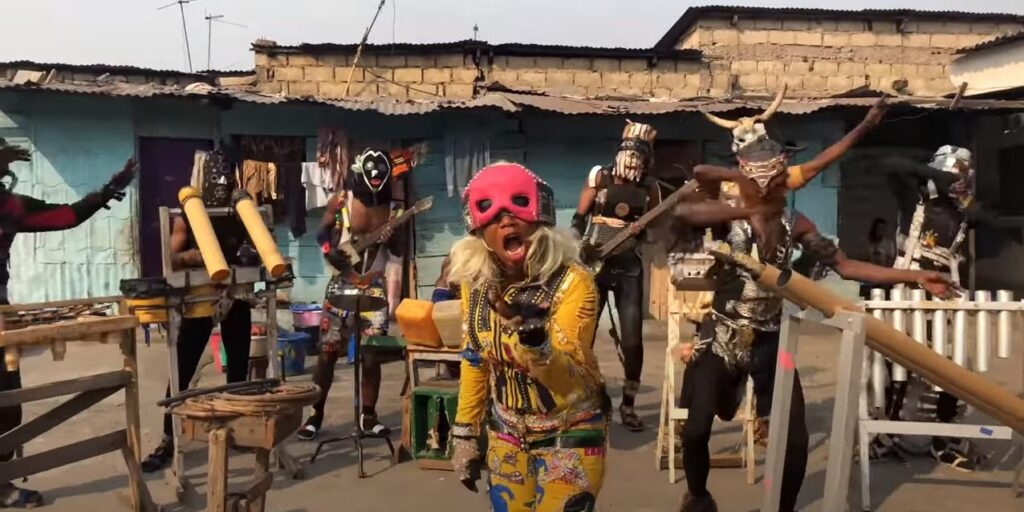 Fulu Muziki ✿ Kinshasa noisicians + eco-culturists - Gary Warner begins his series #AfricaMade_n_played with a Congolese ensemble featuring the exuberant instrumentarium of Pisko Crane.
Fulu Muziki ✿ Kinshasa noisicians + eco-culturists - Gary Warner begins his series #AfricaMade_n_played with a Congolese ensemble featuring the exuberant instrumentarium of Pisko Crane. Lessons learned from a duck herder’s gamelan 🎵 - Rosie Cook goes in search of the rare Bundengan musical instrument from Indonesia and discovers a melodious revival.
Lessons learned from a duck herder’s gamelan 🎵 - Rosie Cook goes in search of the rare Bundengan musical instrument from Indonesia and discovers a melodious revival.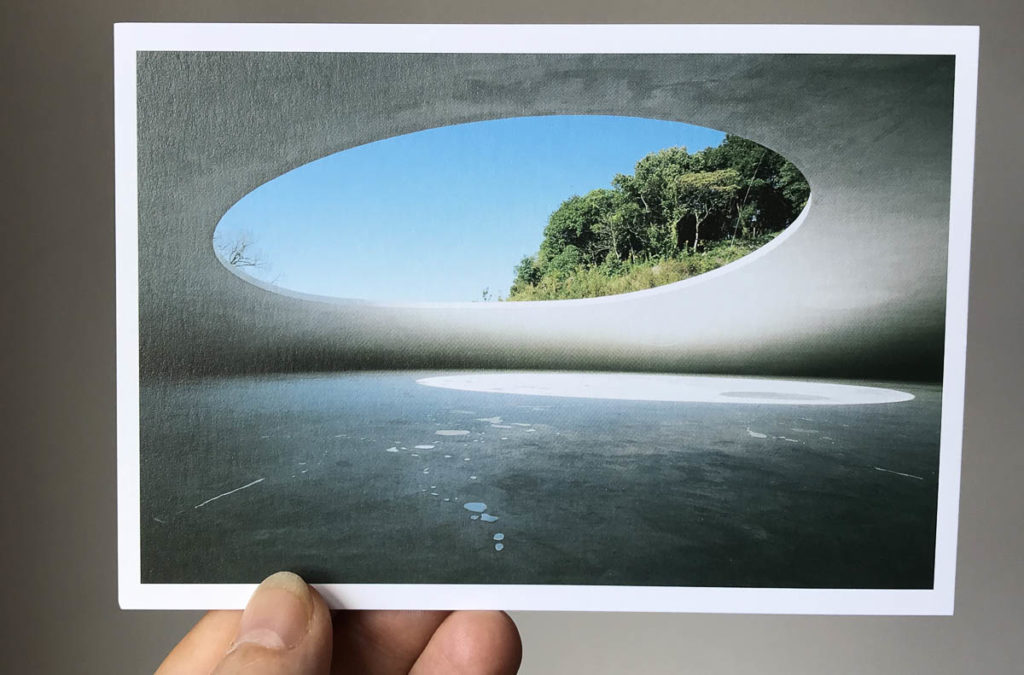 Journey to Teshima - Gary Warner's short movie takes us Teshima and the chance to experience a little shikintaza.
Journey to Teshima - Gary Warner's short movie takes us Teshima and the chance to experience a little shikintaza. 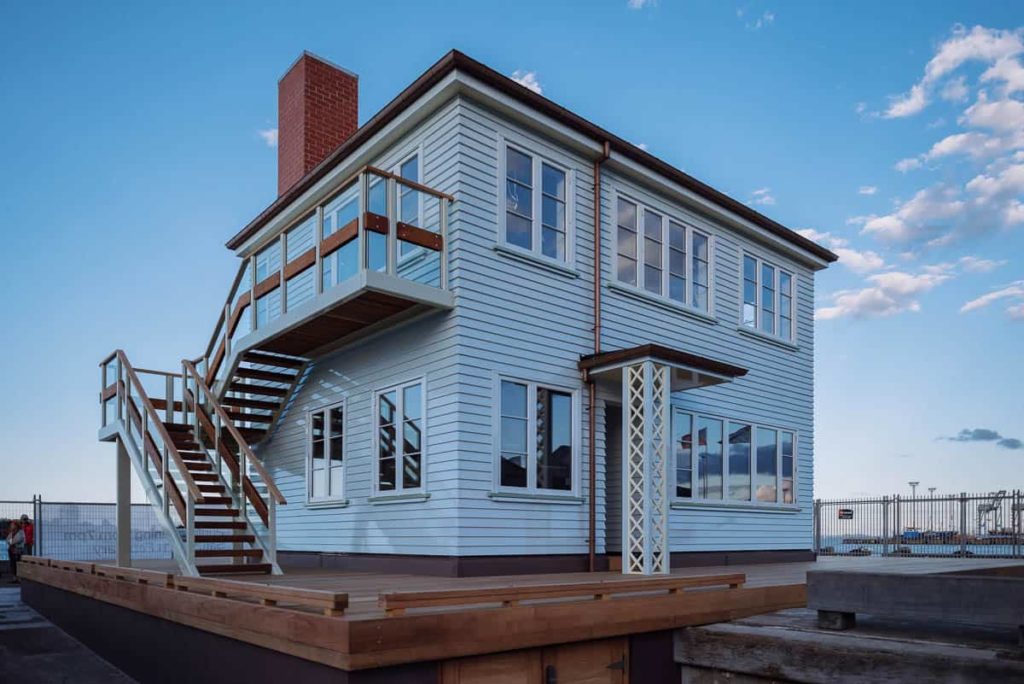 A considered and cordial welcome: Michael Parekowhai’s Ten Guitars and The Lighthouse - Warren Feeney traces Michael Parekowhai's work from Ten Guitars to Lighthouse as a worldly expression of welcome.
A considered and cordial welcome: Michael Parekowhai’s Ten Guitars and The Lighthouse - Warren Feeney traces Michael Parekowhai's work from Ten Guitars to Lighthouse as a worldly expression of welcome. Tuhirangi writes on the sky 🎧 - Making the pūtōrino Māori flute channels the wairua and the tapū, the sacred and the forbidden.
Tuhirangi writes on the sky 🎧 - Making the pūtōrino Māori flute channels the wairua and the tapū, the sacred and the forbidden. 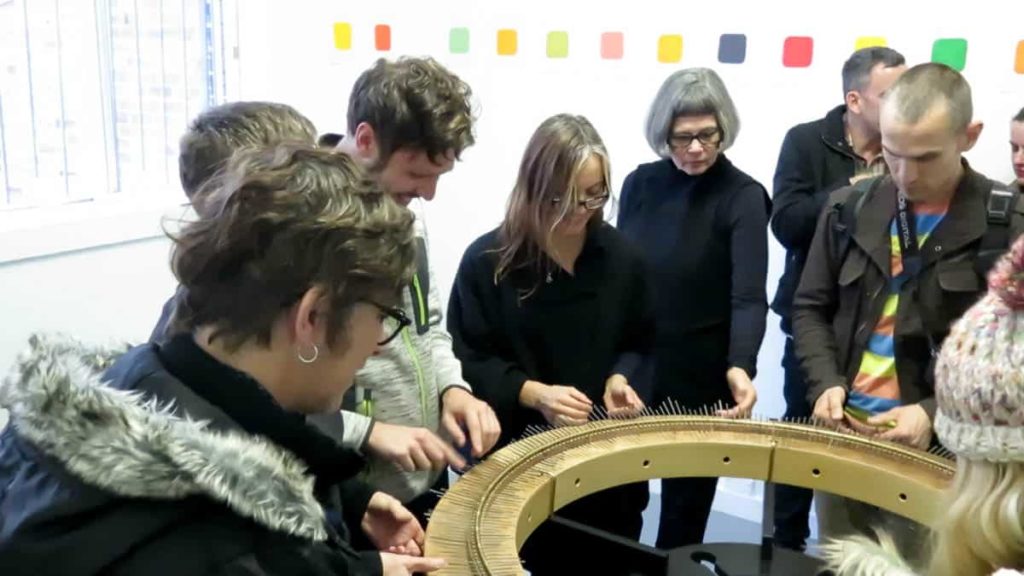 The social lamellophone - Gary Warner guides us through the journey of a lamellaphone, from its history in Africa to its urban reconstruction in Sydney as a social object. This article betrays a unique interplay between art, craft, music and community.
The social lamellophone - Gary Warner guides us through the journey of a lamellaphone, from its history in Africa to its urban reconstruction in Sydney as a social object. This article betrays a unique interplay between art, craft, music and community. 

